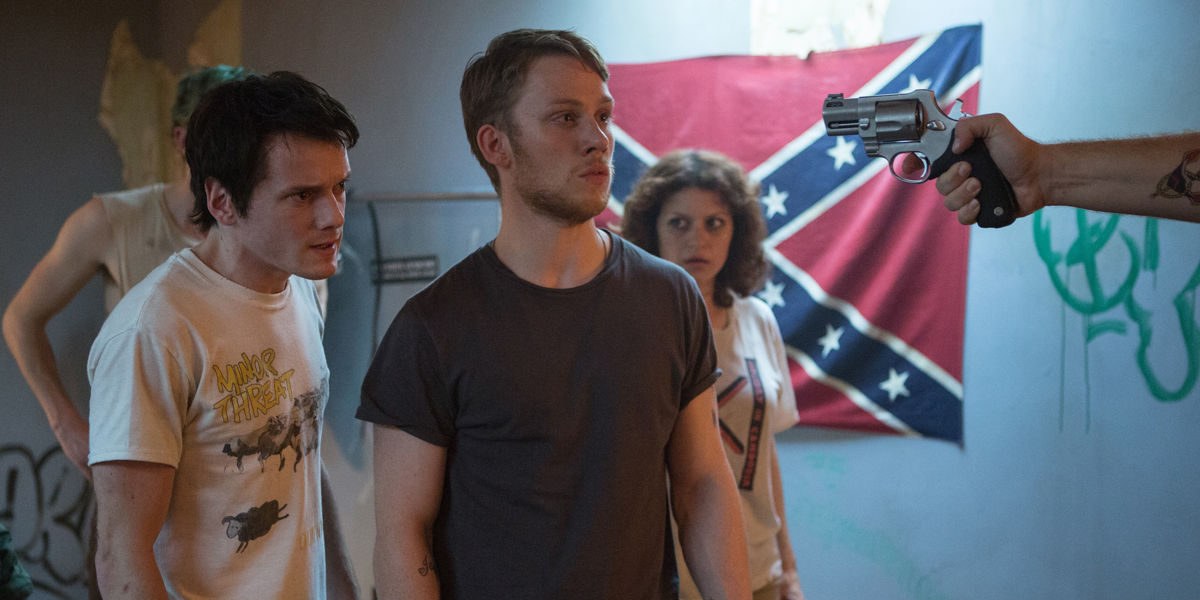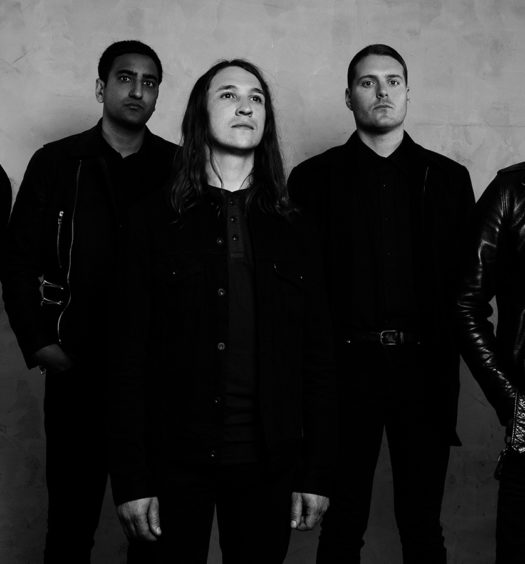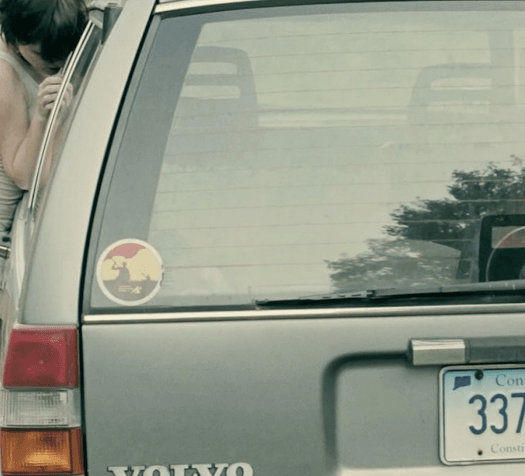I’m a sucker for movie trivia, so when I come across interesting facts about the movies I love, I like to share them. These types of posts can often be eye-roll-inducing, especially when their headlines insist that “you didn’t know” them (and the facts themselves are practically common knowledge), but I don’t know who you are or what you know, so I’m only making the assumption that someone that puts their eyes on this at some point may not have known all of this stuff. If you did, than you probably deserve a medal. Congratulations in your self-satisfaction! If you didn’t know any of it, cool. Maybe you’ll learn something interesting.
Sorry if I sound like a dickhead. I probably spend too much time on Twitter.
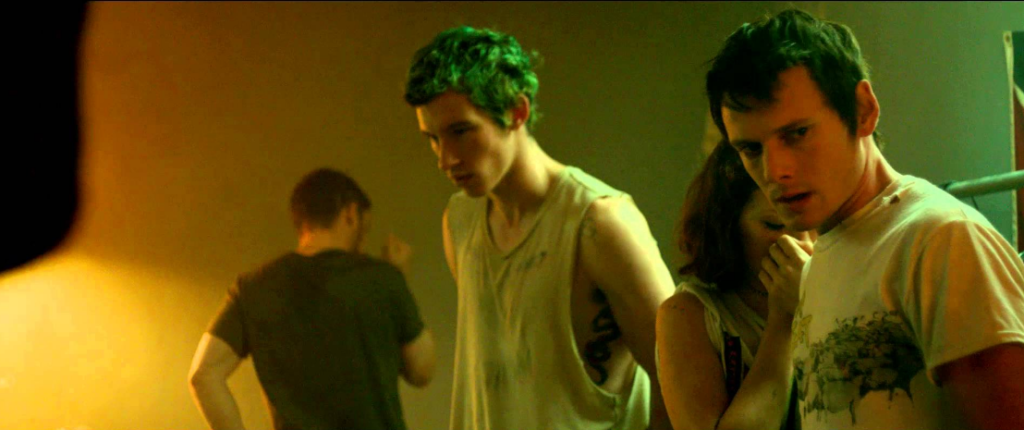 Part of what makes Green Room effective is its unflinching, ugly violence. With both Blue Ruin and Green Room, director Jeremy Saulnier and his crews have proven to be really good at bringing this kind of brutality to the screen (Murder Party is great fun too, but it’s a little more on the cartoonish side).
Part of what makes Green Room effective is its unflinching, ugly violence. With both Blue Ruin and Green Room, director Jeremy Saulnier and his crews have proven to be really good at bringing this kind of brutality to the screen (Murder Party is great fun too, but it’s a little more on the cartoonish side).
Saulnier makes you feel the violence in his movies, and learning about some of his influence explains why.
Saulnier told Silver Screen Riot, “All of it is baked into the script. There’s so many references to violence. I don’t seek it out, but man, are we hammered with it in modern day media. I just can’t shake some images that come across on cable television; news, documentaries, you know, or UN footage, a prison documentary on a cable TV network. It’s something that I kind of try to transfer to the audience in a sort of cathartic expression. These are things that have haunted me. You know, I’ve been robbed and the box cutter kind of got in the way. It’s terrifying. When people are slashed, it’s something I can’t shake. So, you know, all sorts of types, even dog attacks. Someone in my family was attacked by a dog. It’s haunting stuff and it comes out naturally and enters the script in an organic way.”
Saulnier also mentioned the prison documentary In an interview with Flicks.co.nz: “The knife in Emily’s head – the drag effect – was very important to me. It was cathartic for me. I was watching television, cable television, and I stumbled upon some prison documentary on a news channel and they showed this fucking knife attack in a prison courtyard. I said, “I don’t want to see this. I can never unsee this again.” I changed the channel but it never left me. It was just this horrifying thing. The little things that I’ve encountered unintentionally, that just haunt me, I put into the movies. It’s a way to get it out of my system and to infect the masses [chuckles].”
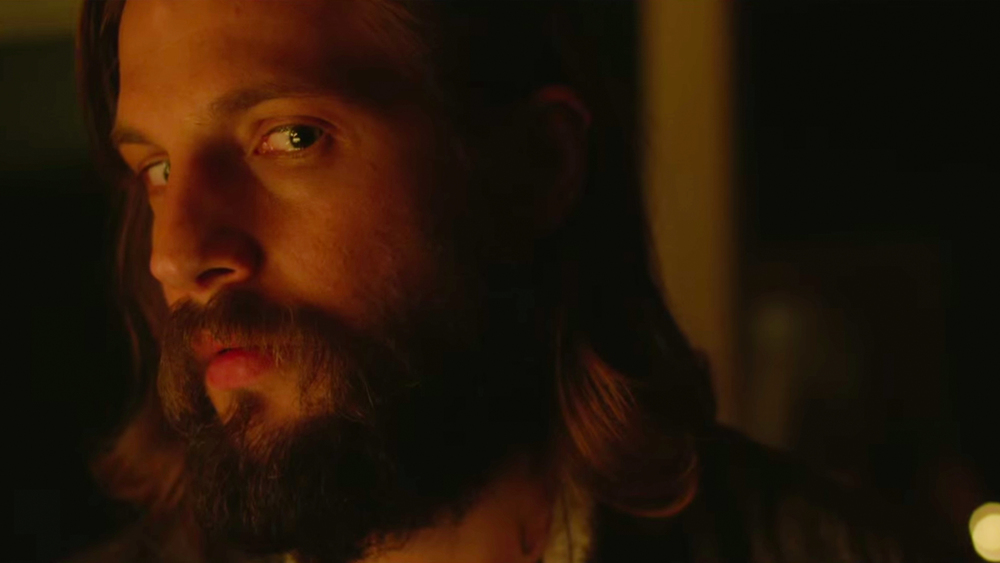 The Invitation is a masterwork of tension with some top-notch directing and pretty damn good acting. The cast, however, was originally going to be much different than what came to be. It was reported all the way back in 2012 that Luke Wilson was cast as Will, who would ultimately be played (and played very well at that) by Logan Marshall-Green.
The Invitation is a masterwork of tension with some top-notch directing and pretty damn good acting. The cast, however, was originally going to be much different than what came to be. It was reported all the way back in 2012 that Luke Wilson was cast as Will, who would ultimately be played (and played very well at that) by Logan Marshall-Green.
These reports also indicated that Zachary Quinto, Topher Grace, and Johnny Galecki had been cast in the film in roles that weren’t made clear. While it’s hard to say how the movie would have turned out with this very different cast, I think it’s safe to say that things worked out for the best in the end as The Invitation is easily among the year’s best.
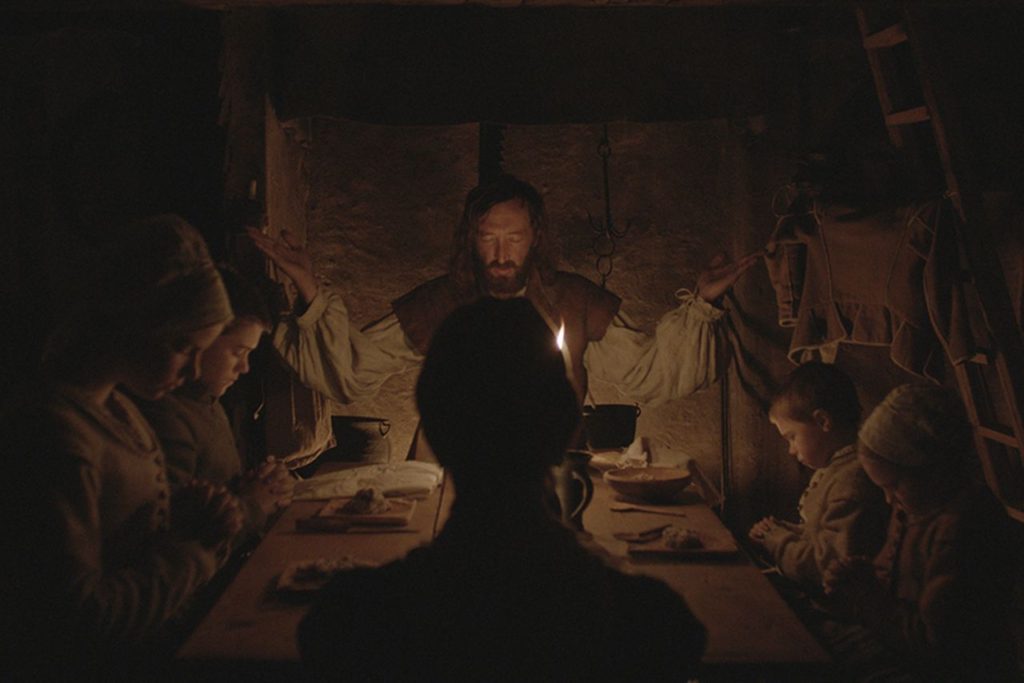 The Witch contains some untold amount of Easter eggs that offer up alternate explanations for the movie’s events beyond the main supernatural storyline. In an interview with Slate, director Robert Eggers said there are “clues about different interpretations.”
The Witch contains some untold amount of Easter eggs that offer up alternate explanations for the movie’s events beyond the main supernatural storyline. In an interview with Slate, director Robert Eggers said there are “clues about different interpretations.”
“So, for example, the rot on the corn is ergot, which is a hallucinogenic fungus, so if you wanted to take that route, you could,” he added. “It’s not necessarily my route, but there are multiple ways in.”
Considering how The Shining is an obvious influence on the movie, it shouldn’t come as a surprise that Eggers would sprinkle in things like this for fans to chew on. I’m not sure how much water the ergot concept holds, but it will be interesting to see what other nuggets emerge as time goes on.
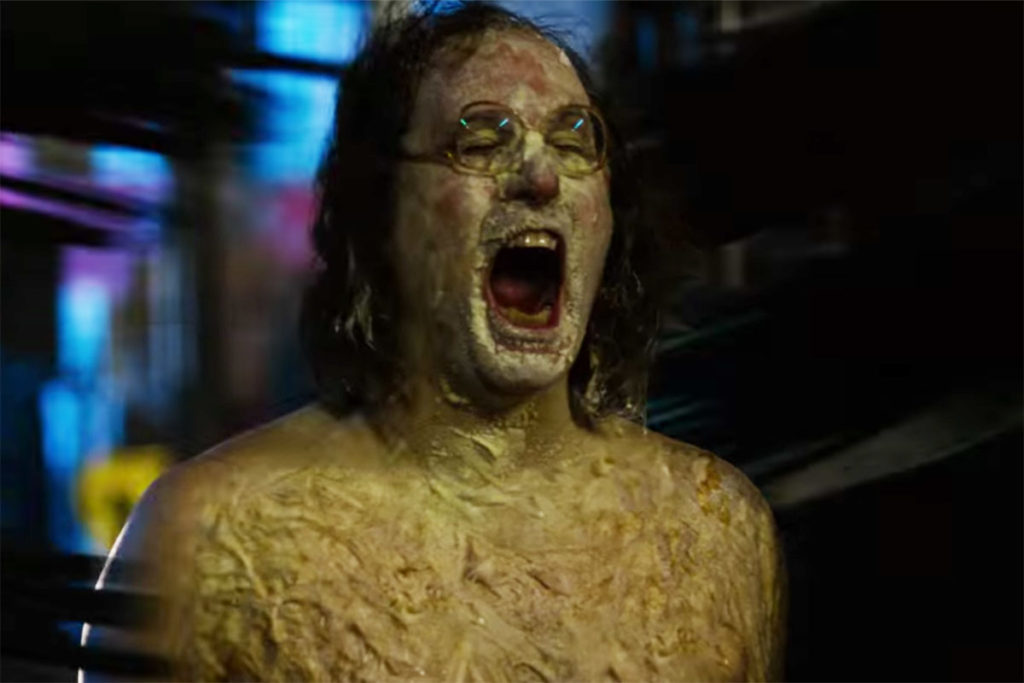 For some people, The Greasy Strangler is an endurance test at just over 90 minutes. As other members of the Modern Horrors crew will attest, even if you like the movie, it’s a much different experience watching it at home than with with a theater full of festival-goers. Now imagine watching it with a 50% longer running time. That’s just what the initial cut of the movie was, clocking in with an additional 45 minutes of footage at 2:15.
For some people, The Greasy Strangler is an endurance test at just over 90 minutes. As other members of the Modern Horrors crew will attest, even if you like the movie, it’s a much different experience watching it at home than with with a theater full of festival-goers. Now imagine watching it with a 50% longer running time. That’s just what the initial cut of the movie was, clocking in with an additional 45 minutes of footage at 2:15.
“I think it was probably too much for anybody to handle,” director Jim Hosking told iDigitalTimes. “It was like it was made by somebody with severely incapacitating preoccupations.”
“We were trying to push the material, or stretch the material, as far as we could and see how we could sustain interest in very long scenes where, say, Janet will be taking to Brayden about this night that she’s had… and it could’ve been 10 minutes of dialogue with very, very minute detail,” he continued. “But there’s definitely this moment when you see your first assembly back when you’ve cut all the scenes individually and you feel they’re all working and you feel very excited, but then the cumulative effect of seeing it all together can be completely overwhelming.”
I can’t even begin to imagine the amount of bullshit artistry that ensues in this version, but I have to wonder if we’ll ever see it.
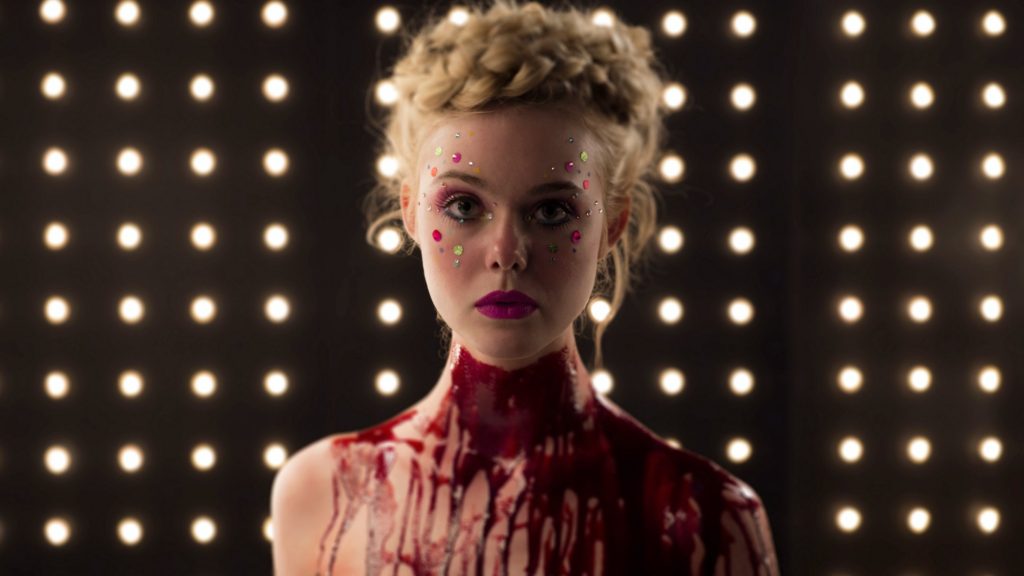 This one is certainly no secret as Nicolas Winding Refn being colorblind has appeared in numerous articles, but it’s not something I was personally aware of before digging, and I think it’s pretty noteworthy considering how colorfully interesting his films – especially The Neon Demon – are.
This one is certainly no secret as Nicolas Winding Refn being colorblind has appeared in numerous articles, but it’s not something I was personally aware of before digging, and I think it’s pretty noteworthy considering how colorfully interesting his films – especially The Neon Demon – are.
“Yes, I’m colorblind, I can’t see mid-colors,” the filmmaker told Bullseye. “That’s why all my films are very contrasted, if it were anything else I couldn’t see it.”
No matter what people think of The Neon Demon overall, most will at least agree that it’s visually striking.

